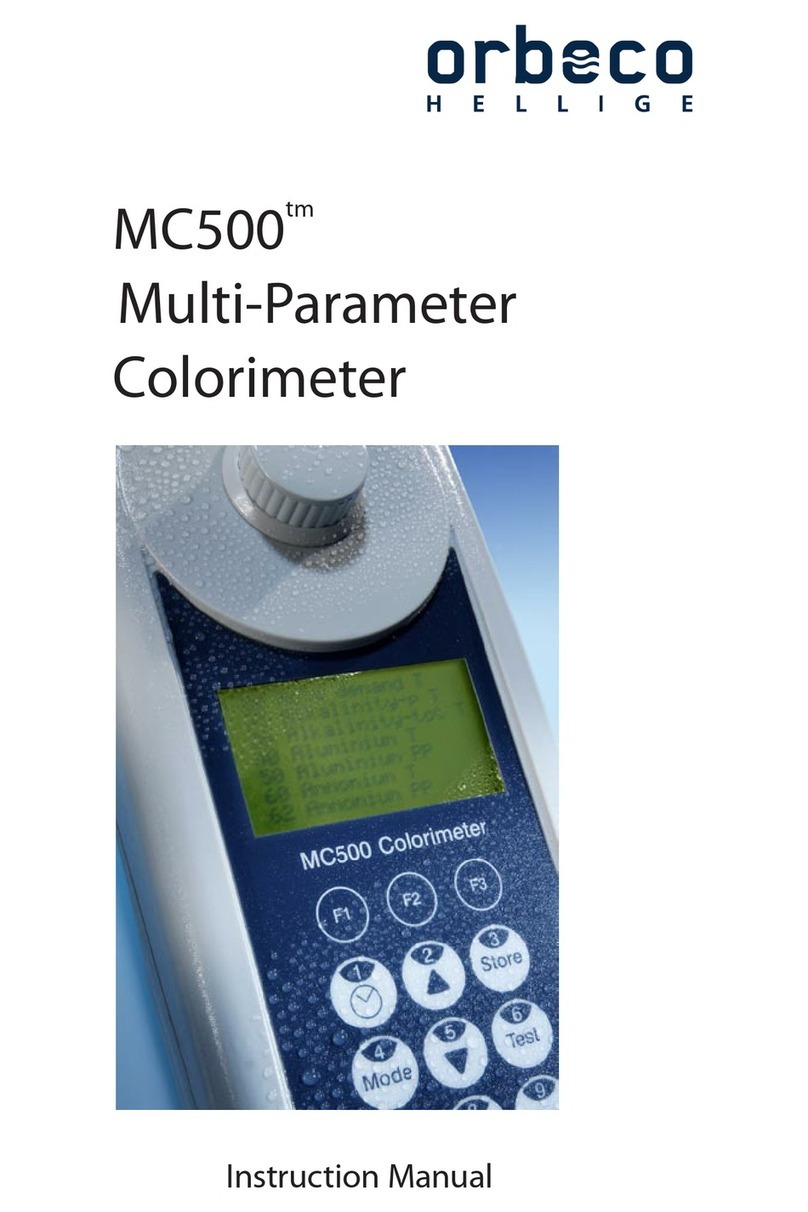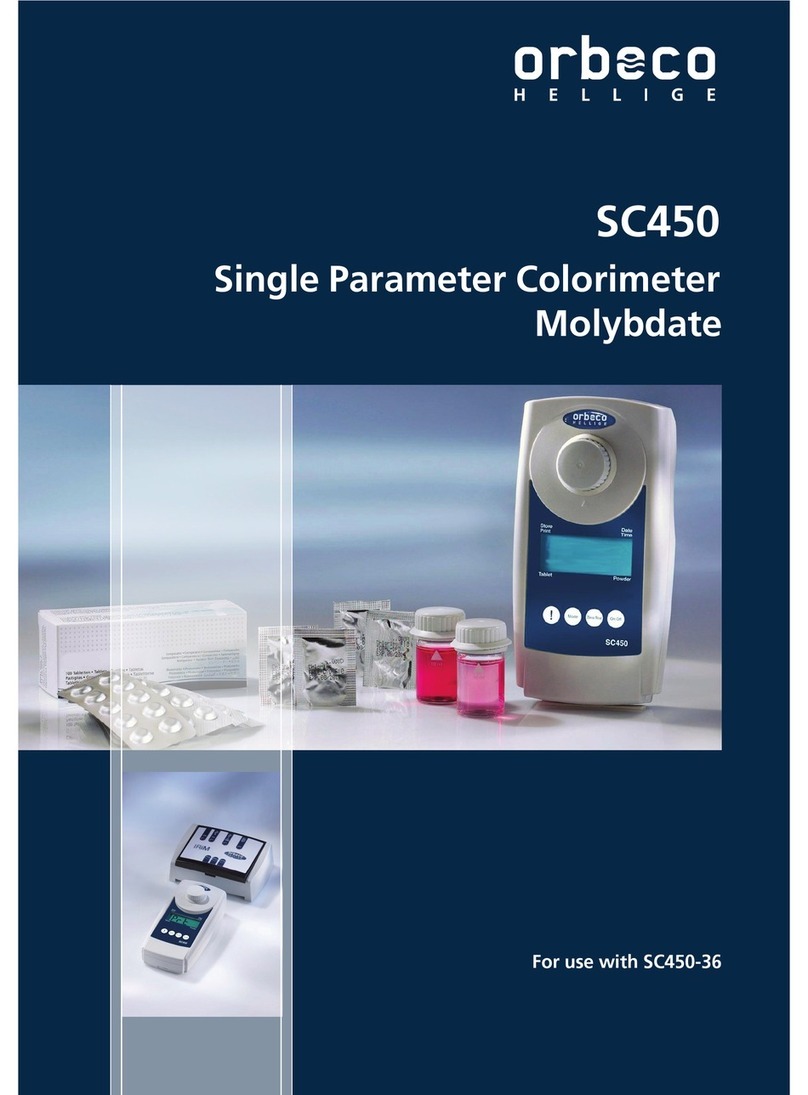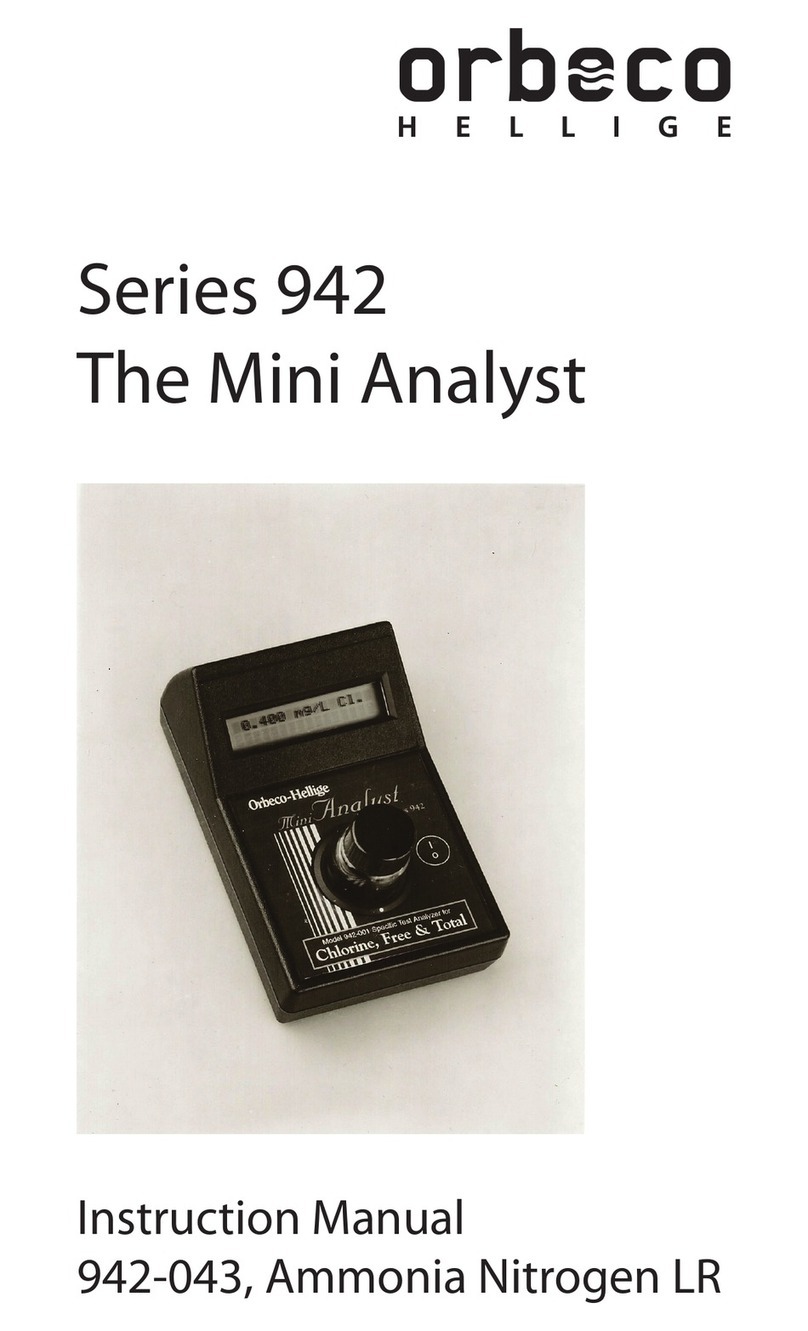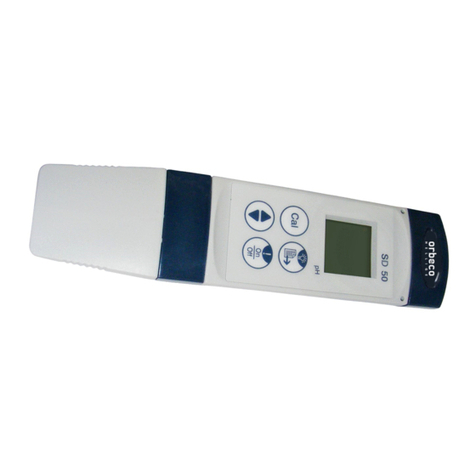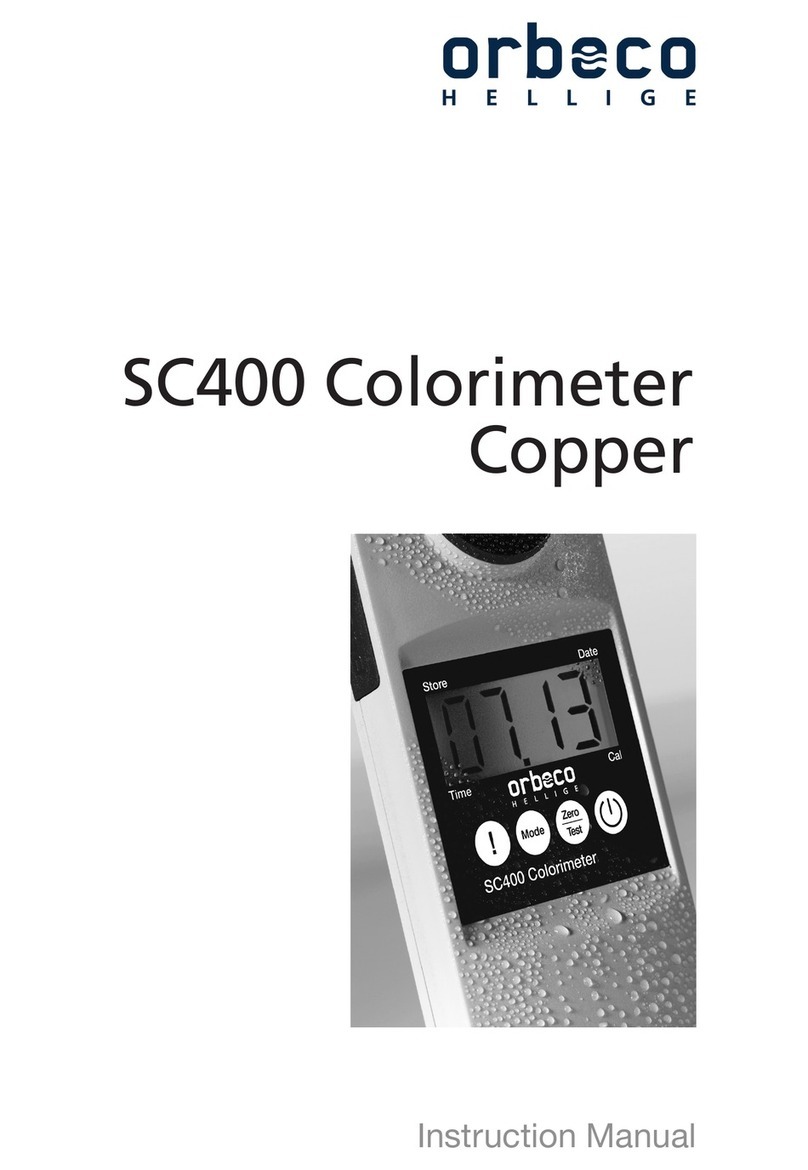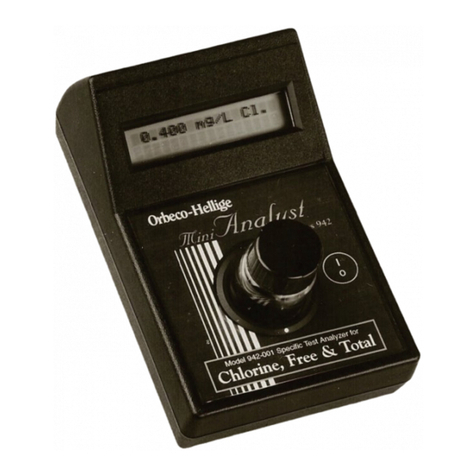3
Table of Contents Page
1. Scope of delivery ..............................................................4
2. System description ............................................................4
3. Connections ......................................................................5
4. Display ..............................................................................7
5. Keypad .............................................................................7
6. Start up .............................................................................8
7. Measurement.....................................................................9
8. Configuration of the unit...................................................11
8.1 Selection of measuring function [pH] – [mV] – [Rel mV].....11
8.2 Calibration: selection of calibration...................................12
8.3 Display of electrode status ..............................................12
8.4 Selection of temperature unit °C /°F ................................14
8.5 Power off: automatic unit switch-off.................................14
9. Calibration of pH measurement........................................14
9.1 Starting calibration: Press [CAL] key ................................16
9.2 Selecting buffer solutions .................................................16
9.3 Calibration point 1: ‘CAL. 1’.............................................17
9.4 Calibration point 2: ‘CAL. 2’ ............................................18
9.5 Calibration point 3: ‘CAL. 3’.............................................20
10. Result memory ................................................................21
10.1 Storing results..................................................................21
10.2 Displaying stored results ..................................................21
10.3 Deleting stored results .....................................................22
11. Error messages and troubleshooting................................22
12. Technical data .................................................................25
13. Accessories .....................................................................27
14. Assembling Carrying strap ...............................................27












